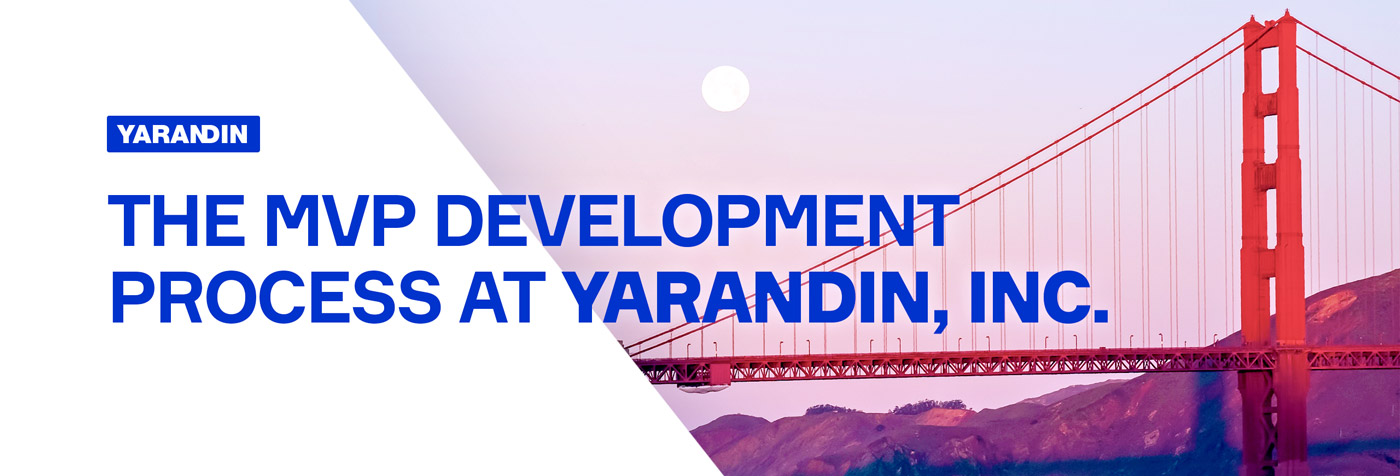Before discussing the MVP development process, it is helpful to recall what the minimum viable product is. MVP is a concept popularized by the lean startup movement. It refers to a product that is initially developed in its simplest form and has only the basic functions absolutely necessary for its deployment and testing. At first, the MVP is provided to a small group of early users. This allows entrepreneurs to receive feedback on various aspects of the product, and it also saves company resources and avoids the costly mistake of creating a product that is not in demand. In our previous article, we talked about what is crucial to MVP development from a business point of view. However, the story would not be complete without discussing the technical aspects, namely, the MVP development process.

The MVP development process can be simple. For example, if you’re going to build an online store, you don’t want to start with a huge catalog of items and a website with a variety of special functions. At the initial stages, it is enough to have a simple WordPress-based website that makes use of free features such as WooCommerce and Google analytics and has a payment system such as PayPal. This kind of online store can be developed within a few days. It can quickly and inexpensively enter the market, where it can begin testing business ideas. Such a primitive MVP development process correctly follows lean startup principles. Why? At the initial stages, you do not know what goods and services will be required and what costs will be involved. You also do not know the functionality that your customers will need (we talked about this in more detail in one of our previous articles). Therefore, developing a full-fledged website at this point would be a mistake. A simple website based on WordPress and WooCommerce will accomplish the task of testing the market quickly and cheaply.
Although the simplified MVP development process described above is consistent with lean startup principles, most real-world projects are more complex than starting an online store. They therefore require a slightly more sophisticated methodology that includes customer involvement and agile development.

The MVP development process at Yarandin, Inc., is iterative and consists of several phases. We begin each MVP project with an analysis of business needs and requirements and devise a concept that describes the necessary functionality and quality criteria. At the second stage, we work together with the customer on designing a solution “on paper.” This solution will then be developed by our team at the third phase, or implementation phase. Finally, we perform several cycles of testing and fixing defects to ensure an acceptable level of quality. Thus, in just seven days, Yarandin, Inc., can create, implement, and test a full-fledged project, including business analysis, modeling, development, and testing. This is how we guarantee the speed and quality of our MVP development services.
Our ten years of experience in MVP development at Yarandin, Inc., have demonstrated that although in some cases entrepreneurs themselves have been able to develop viable MVPs, contracting with us has usually yielded superior results. This is because of our level of experience and our ability to make use of development methodology. Also, a professional MVP developer like Yarandin, Inc. can help its clients avoid common mistakes in creating MVPs, not something similar. Development of MVPs is Yarandin’s business, and we do it well. Please feel free to contact us to learn more about our services.

